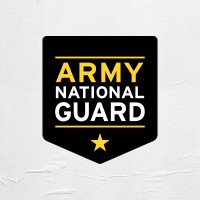
United States Army Reserve
The U.S. Army Reserve's mission, under Title 10 of the U.S. code, is to provide trained and ready Soldiers and units with the critical combat service support and combat support capabilities necessary to support nation strategy during peacetime, contingencies and war. The Army Reserve is a key element in The Army multi-component unit force, training with Active and National Guard units to ensure all three components work as a fully integrated team. If you're looking for news about the U.S. Army Reserve, visit https://www.usar.army.mil/ For information about U.S. Army Reserve career opportunities visit https://www.goarmy.com/reserve.html






